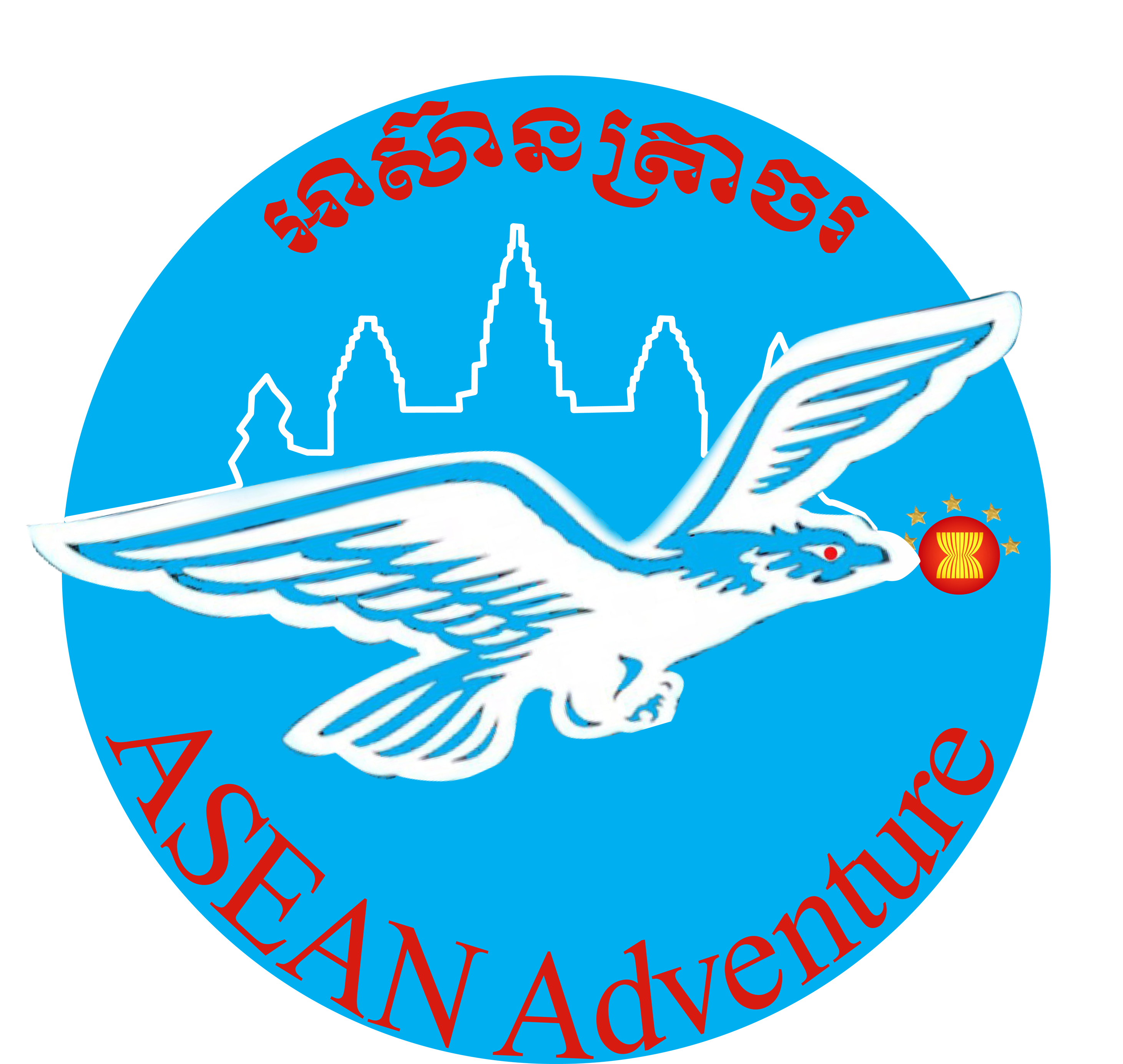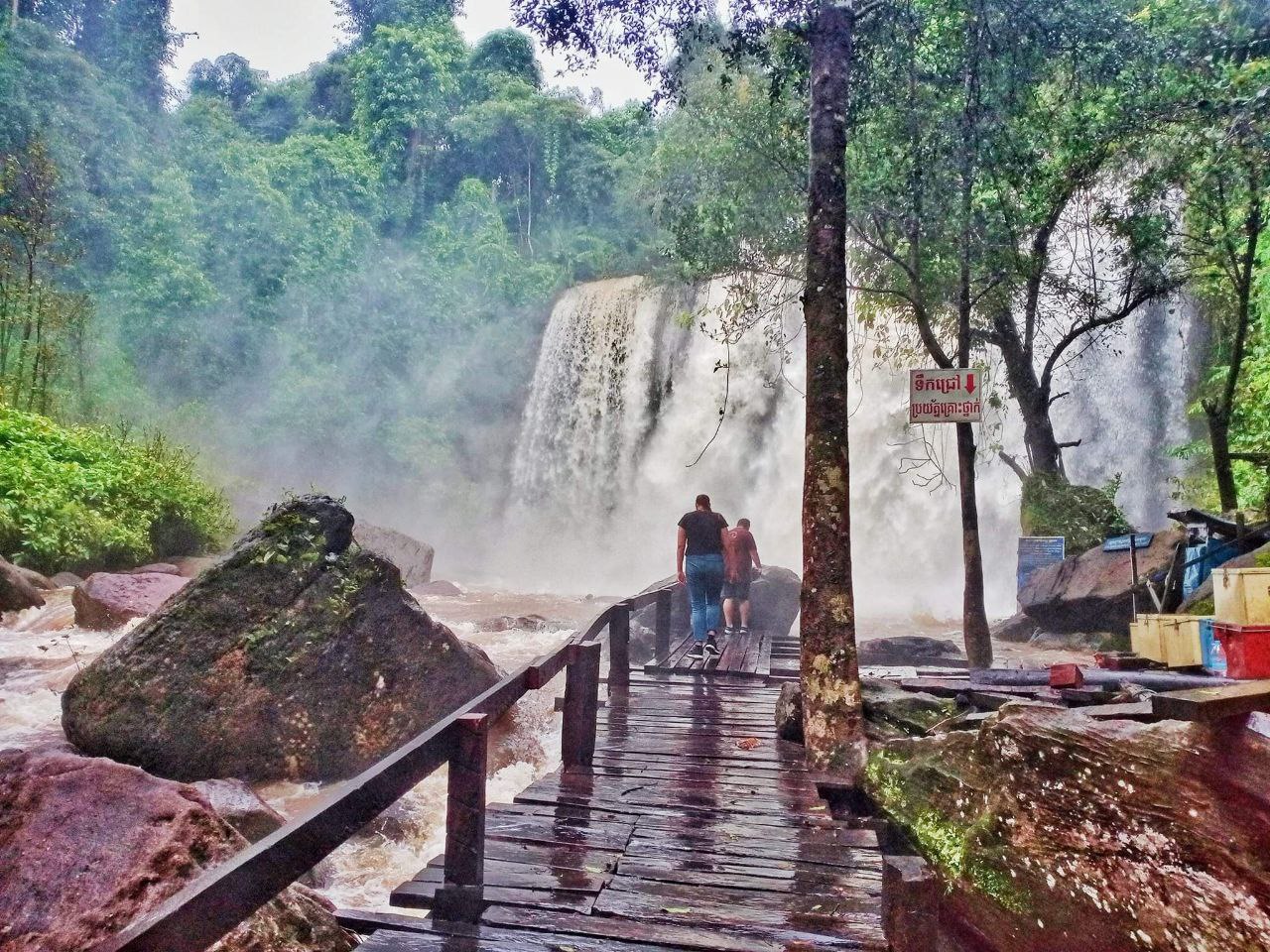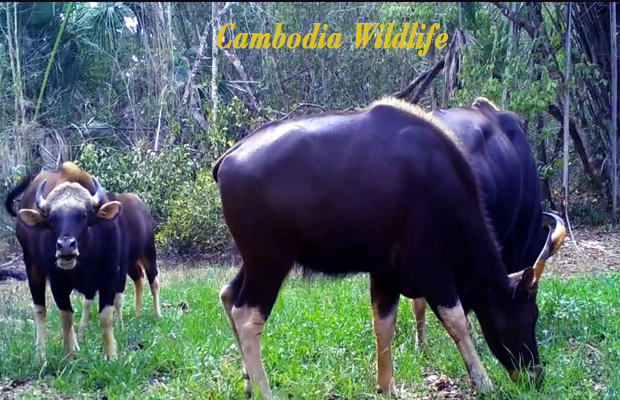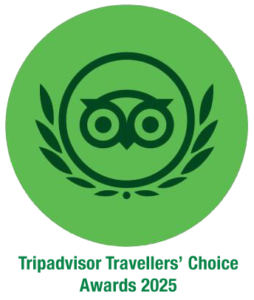About Us
About Asean Adventure
An ancient Khmer, Phnom Kulen was called Mahendraparvata, “Mountain of Indra, the King of the Gods”. It was a thriving city around the size of modern Phnom Penh and the birthplace of the Khmer empire, where King Jayavarman II proclaimed Cambodia’s independence from Java in AD 802. Following this, the capital moved to Roluos (formerly called Hariharalaya).
Though known of by locals, the Kulen’s ancient city was formally rediscovered by explorers in 2012. Starting with a ground expedition and later employing LIDAR technology, Jean-Baptiste Chevance and Damian Evans uncovered Mahendraparvata and several historically important temples, like Prasat O’Paong, which is shaped like a pyramid, with three levels and five towers, similar to those of Angkor Wat
Phnom Kulen is within the Kulen National Park, which requires a separate ticket. It’s $20 per person if bought at the gate at the entrance to the mountain. Cambodians can enter the park for free.
Devote an entire day to exploring the incredible temples at Angkor Wat and Angkor Thom under the leadership of a local, English-speaking guide. Discover the UNESCO-listed ruins at Angkor Wat and the ancient capital city of Angkor Thom—established by the prosperous Khmer Empire in the 12th century.
Ratanakiri, Stueng Treng, Preah Vihera, Mondul Kiri Provinces etc. in northeastern Cambodia is home to many species of animals. One 1996 survey of an area to the northwest of Lomphat Wildlife Sanctuary recorded 44 mammals, 76 birds, and 9 reptile species.[1] The following is an incomplete list of species recorded in Ratanakiri etc..Firstly, I eat meat. Although a reformed vegetarian, I am normally very happy to consume the meat produced by the efforts of others ; secondly, despite the unpleasantness of actually listening to the pig’s last few minutes, it was actually killed in a more humane way and enjoyed more freedom in its life than it’s brothers and sisters in the western world; lastly, the sacrifice of a large animal is a cause for community celebration, it means that everyone in the community will eat meat, enjoy festivities together and is very much appreciated. The traditional process of butchering the meat involves a significant amount of thanks-giving and gratitude to the gods for allowing the pig to be consumed. Needless to say, I am not going to go out of my way to sign up to another pig sacrifice but regardless of my feelings about the killing, I did feel very grateful for being able to enjoy the end product with the indigenous farmers and can safely say I learnt a lot about their culture as a resul
Start the day from the hotel at 8:00 am, we proceed straight to a unique red sandstone temple called Banteay Srei (Lady’s temple) earlier before arrival of the huge crowds & Beng Mealea (Hindu temple names Jungle temple). We will stop for lunch on the way to Rolous Group. After lunch, we continue on our journey to explore temples in the Rolous Group.











